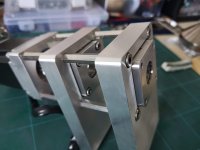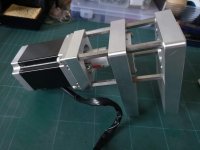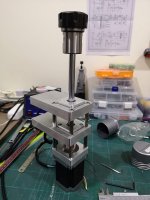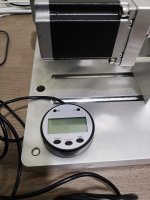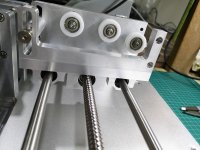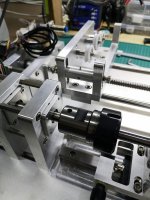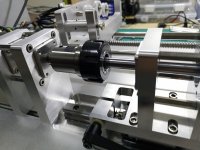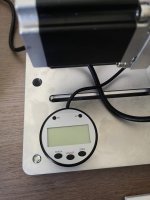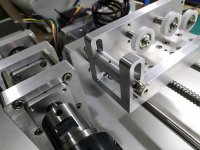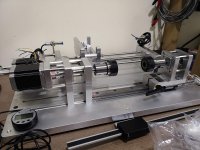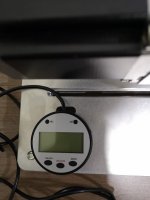CNC Winding Machine
Facebook group: Arduino CNC Winding Machine
Arduino Project Hub: CNC Arduino Winding Machine


*Updated Codes download below updated 5th August 2022
Facebook group: Arduino CNC Winding Machine
Arduino Project Hub: CNC Arduino Winding Machine
*Updated Codes download below updated 5th August 2022
- Winding Machine GUI v0.3.4 Beta.zip - Visual Basic Source Code(Required Microsoft Visual Studio)
- Winding Machine GUI v0.3.4 Beta.exe - Winding Machine GUI exe file
- Winder_Shield_v0.3.1.8.zip - Arduino Firmware
- Wiring Diagram(Due) v0.3.zip - Arduino Due Wiring Diagram in Microsoft Visio
Attachments
-
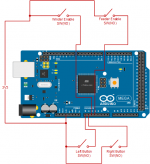 Control Buttons.png15.7 KB · Views: 580
Control Buttons.png15.7 KB · Views: 580 -
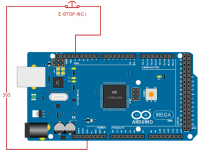 E-Stop.png13.1 KB · Views: 534
E-Stop.png13.1 KB · Views: 534 -
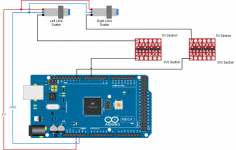 Limit Switch.png27.4 KB · Views: 548
Limit Switch.png27.4 KB · Views: 548 -
 Logic Leveler.png26.8 KB · Views: 522
Logic Leveler.png26.8 KB · Views: 522 -
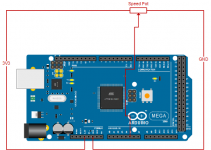 Speed Pot.png13.5 KB · Views: 540
Speed Pot.png13.5 KB · Views: 540 -
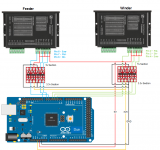 Stepper Motor Controller.png81.2 KB · Views: 548
Stepper Motor Controller.png81.2 KB · Views: 548 -
 Toggle Switch.png12.9 KB · Views: 555
Toggle Switch.png12.9 KB · Views: 555 -
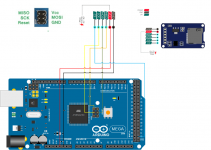 SD Card Connection.png44.6 KB · Views: 560
SD Card Connection.png44.6 KB · Views: 560
Last edited:
Nice i got some broken hard to get drivers hows need repair, I see in the link it need some nozzels here, in fly tying are some tools you can convert, See my link Fly Tying Bobbin / Super-Smooth Bobbins -- Orvis there are cheaper to buy
Anders
Anders
Last edited:
Normally to get a good wind you want the wire feed tension point to be thirty times the wind diameter away from the coil form edge or more.
Nice i got some broken hard to get drivers hows need repair, I see in the link it need some nozzels here, in fly tying are some tools you can convert, See my link Fly Tying Bobbin / Super-Smooth Bobbins -- Orvis there are cheaper to buy
Anders
Looks interesting, worth a try since they are not super expensive, and I also found this while doing some research online
Low cost mechanical wire tensioners for coil winding machines
Normally to get a good wind you want the wire feed tension point to be thirty times the wind diameter away from the coil form edge or more.
Yeah, will keep that in mind making the wire guide adjustable. And as for the wire tension, I planning to use this as a solution:
MTB-03 Wire Coiling Binding Machine Torque Controller Mechanical Tension | eBay
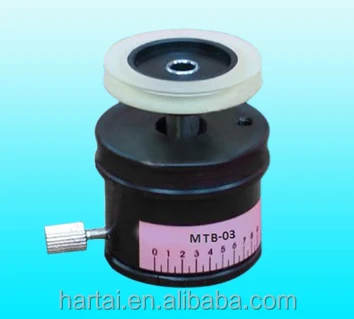
I did bought some 10mm and 22mm V-Grove pulley for the feeder

Last edited:
Some ideas I been exploring to make the wire guide modular, like interchangeable for thicker wire gauge
Thin wire 0.05 to 0.5
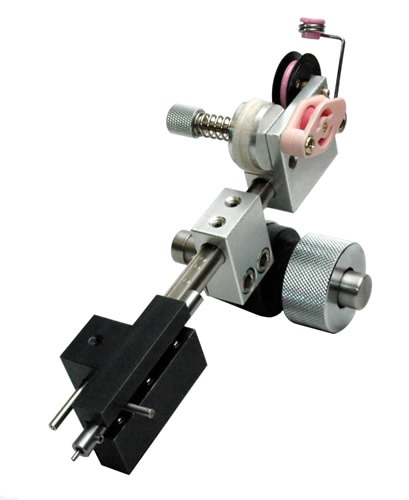
1mm and above(Mainly for winding electromagnet)
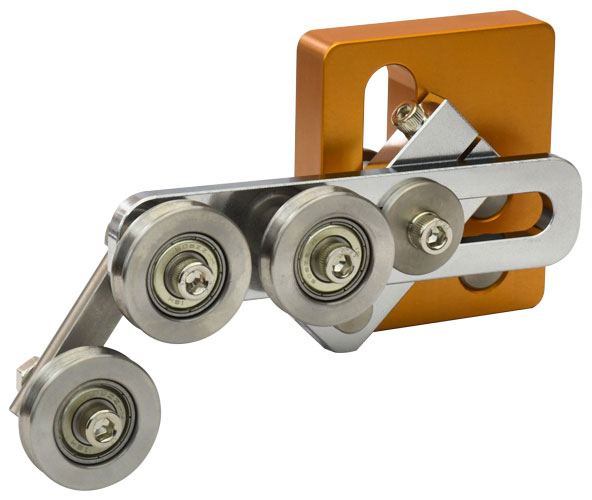
Thin wire 0.05 to 0.5

1mm and above(Mainly for winding electromagnet)

Some updates on the winding machine clone built.
Still have quite a few stuff still pending fabrication. But the mind winder is completed, but need to cut down the linear shaft to a proper length.
Still have quite a few stuff still pending fabrication. But the mind winder is completed, but need to cut down the linear shaft to a proper length.
Attachments
I wind my own voice coils and built a dedicated variable diameter bobbin former holder which I insert in my regular transformer winding machine, but since voice coils are just 2 layers and typically around 100 turns only, I just hand guide and tension them.
Way faster than you imagine and very precise, because I guide wire from far away, as suggested above, and just provide some sideways tension, no need for an advance screw since wire "self accomodates" against the previously wound one.
Just be careful on the first turn and then it self guides.
Winding machine itself is only half the problem, you need variable diameter/expansible form holders or you will never be able to pull the wound coil smoothly out of it.
You will also need to solve the wire adhesive problem.
Nowadays you have many solutions, usually dry adhesive precoated wire, which you either activate with heat or wiping it with a mild solvent (alcohol), I have been doing this for decades and still use the messy old "wet wire winding" system, since precoated wires simply did not exist and today getting them into Argentina is a mess, so .....
Way faster than you imagine and very precise, because I guide wire from far away, as suggested above, and just provide some sideways tension, no need for an advance screw since wire "self accomodates" against the previously wound one.
Just be careful on the first turn and then it self guides.
Winding machine itself is only half the problem, you need variable diameter/expansible form holders or you will never be able to pull the wound coil smoothly out of it.
You will also need to solve the wire adhesive problem.
Nowadays you have many solutions, usually dry adhesive precoated wire, which you either activate with heat or wiping it with a mild solvent (alcohol), I have been doing this for decades and still use the messy old "wet wire winding" system, since precoated wires simply did not exist and today getting them into Argentina is a mess, so .....
I using self-bonding enamel wire with a Nichrome wire are heating agent, then pre-coated again
Off shelf winding machine doesn't suits my need which I need easy changing from voice coil winding to field coil winding.
It is more fun to design and build your own, give me more flexibility in capability expansion for future.
Off shelf winding machine doesn't suits my need which I need easy changing from voice coil winding to field coil winding.
It is more fun to design and build your own, give me more flexibility in capability expansion for future.
Attachments
-
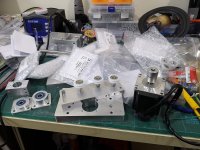 IMG_20181016_145140.jpg186.2 KB · Views: 631
IMG_20181016_145140.jpg186.2 KB · Views: 631 -
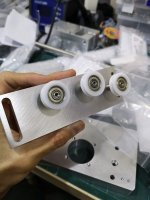 IMG_20181016_145132.jpg119.8 KB · Views: 527
IMG_20181016_145132.jpg119.8 KB · Views: 527 -
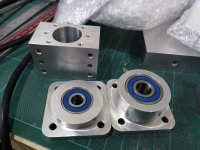 IMG_20181016_145216.jpg150 KB · Views: 506
IMG_20181016_145216.jpg150 KB · Views: 506 -
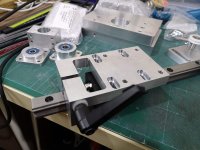 IMG_20181016_145604.jpg157.4 KB · Views: 466
IMG_20181016_145604.jpg157.4 KB · Views: 466 -
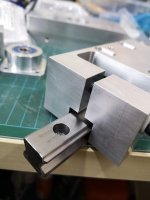 IMG_20181016_145609.jpg109.4 KB · Views: 458
IMG_20181016_145609.jpg109.4 KB · Views: 458 -
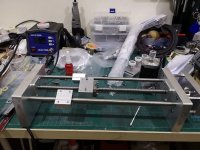 IMG_20181016_201300.jpg172.4 KB · Views: 453
IMG_20181016_201300.jpg172.4 KB · Views: 453 -
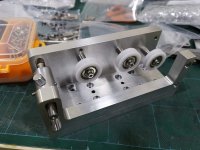 IMG_20181016_214226.jpg146.3 KB · Views: 506
IMG_20181016_214226.jpg146.3 KB · Views: 506 -
 IMG_20181016_214400.jpg125.3 KB · Views: 487
IMG_20181016_214400.jpg125.3 KB · Views: 487 -
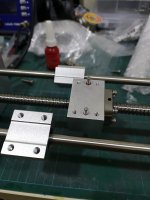 IMG_20181016_201303.jpg118.5 KB · Views: 464
IMG_20181016_201303.jpg118.5 KB · Views: 464
Some updates to the winding machine that I building
Attachments
Attachments
-
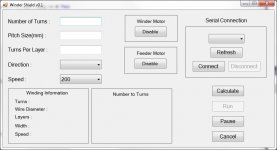 GUI.jpg71.5 KB · Views: 992
GUI.jpg71.5 KB · Views: 992 -
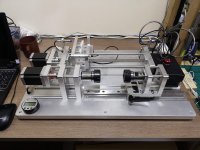 IMG_20190227_233017.jpg170.9 KB · Views: 979
IMG_20190227_233017.jpg170.9 KB · Views: 979 -
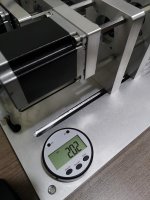 IMG_20190227_233108.jpg161.9 KB · Views: 429
IMG_20190227_233108.jpg161.9 KB · Views: 429 -
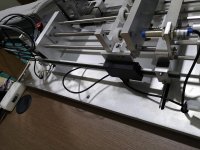 IMG_20190227_233050.jpg172.8 KB · Views: 871
IMG_20190227_233050.jpg172.8 KB · Views: 871 -
 IMG_20190227_233057.jpg101.6 KB · Views: 942
IMG_20190227_233057.jpg101.6 KB · Views: 942 -
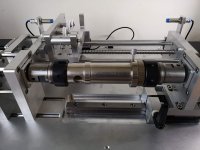 IMG_20190306_175102.jpg139.2 KB · Views: 903
IMG_20190306_175102.jpg139.2 KB · Views: 903 -
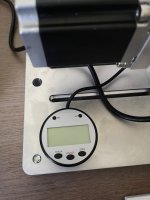 IMG_20190201_162958.jpg123.2 KB · Views: 531
IMG_20190201_162958.jpg123.2 KB · Views: 531 -
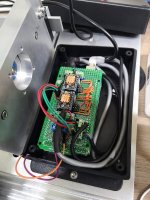 IMG_20190305_224613.jpg186.5 KB · Views: 552
IMG_20190305_224613.jpg186.5 KB · Views: 552
Anyone interested in the coding for both Visual Basic and Arduino? Though it still need polishing.
Uploaded the source code to my share drive. Coding still need bit of polishing
I will do u the schematics later, but if u can understand arduino. The pin assignments are on the code
CNC Winding Machine Shield - Google Drive
I will do u the schematics later, but if u can understand arduino. The pin assignments are on the code
CNC Winding Machine Shield - Google Drive
Last edited:
Parts:
-Arduino Mega
-NC proximity limit switch
-Nema 23 1.8 degree stepper motor
-TMC2208 or DRV8825 set at 2x microstepping
- Ball screw pitch 4mm travel per round
Some of the outstanding issues to resolve:
- Need a better stepper motor driver that can achieve 600rpm
- Need to calibrate and calculate the acceleration for more accurate Winder and Feeder speed synchronization.
- Noise related during stepping of the motor which needed to be tone down(Driver related?)
- Stepper torque to allow larger gauge wires
- Increasing Arduino PWM frequency to test on maximum rpm reachable.
-Arduino Mega
-NC proximity limit switch
-Nema 23 1.8 degree stepper motor
-TMC2208 or DRV8825 set at 2x microstepping
- Ball screw pitch 4mm travel per round
Some of the outstanding issues to resolve:
- Need a better stepper motor driver that can achieve 600rpm
- Need to calibrate and calculate the acceleration for more accurate Winder and Feeder speed synchronization.
- Noise related during stepping of the motor which needed to be tone down(Driver related?)
- Stepper torque to allow larger gauge wires
- Increasing Arduino PWM frequency to test on maximum rpm reachable.
Last edited:
Thanks
I thinking of getting a closed loop servo or stepper motor, to make sure speed synchronization.
I thinking of getting a closed loop servo or stepper motor, to make sure speed synchronization.
Your winding machine is definitely a masterpiece, a sample of technical porn. I'm impressed!!!
I also made a winding machine, it is much more modest than yours. It is made of bent sheet steel. Unfortunately winding machine is already sold. They were made to order for the company as a winding machine for one operation.
I will allow myself to share my experience:
-For the main engine, it is better to use a manifold motor with a reducer and an optical encoder.
-Ball screw is better to use increments of 2mm.
-The power of the engine layout a bit redundant, it is enough NEMA17
- In practical work, the number of turns and step layout is more convenient to set the decade switches.
- For counting turns it is convenient to use high-speed ICM7217. It has a limit of 9999 turns, but 90% of practical work is enough.
There's no Arduino in my winding machine. Everything was done on a simple elementary logic 74 series. I wanted to make a computer-independent machine.
I also made a winding machine, it is much more modest than yours. It is made of bent sheet steel. Unfortunately winding machine is already sold. They were made to order for the company as a winding machine for one operation.
I will allow myself to share my experience:
-For the main engine, it is better to use a manifold motor with a reducer and an optical encoder.
-Ball screw is better to use increments of 2mm.
-The power of the engine layout a bit redundant, it is enough NEMA17
- In practical work, the number of turns and step layout is more convenient to set the decade switches.
- For counting turns it is convenient to use high-speed ICM7217. It has a limit of 9999 turns, but 90% of practical work is enough.
There's no Arduino in my winding machine. Everything was done on a simple elementary logic 74 series. I wanted to make a computer-independent machine.
Last edited:
- Home
- Design & Build
- Equipment & Tools
- DIY Voice Coil Winding Machine
